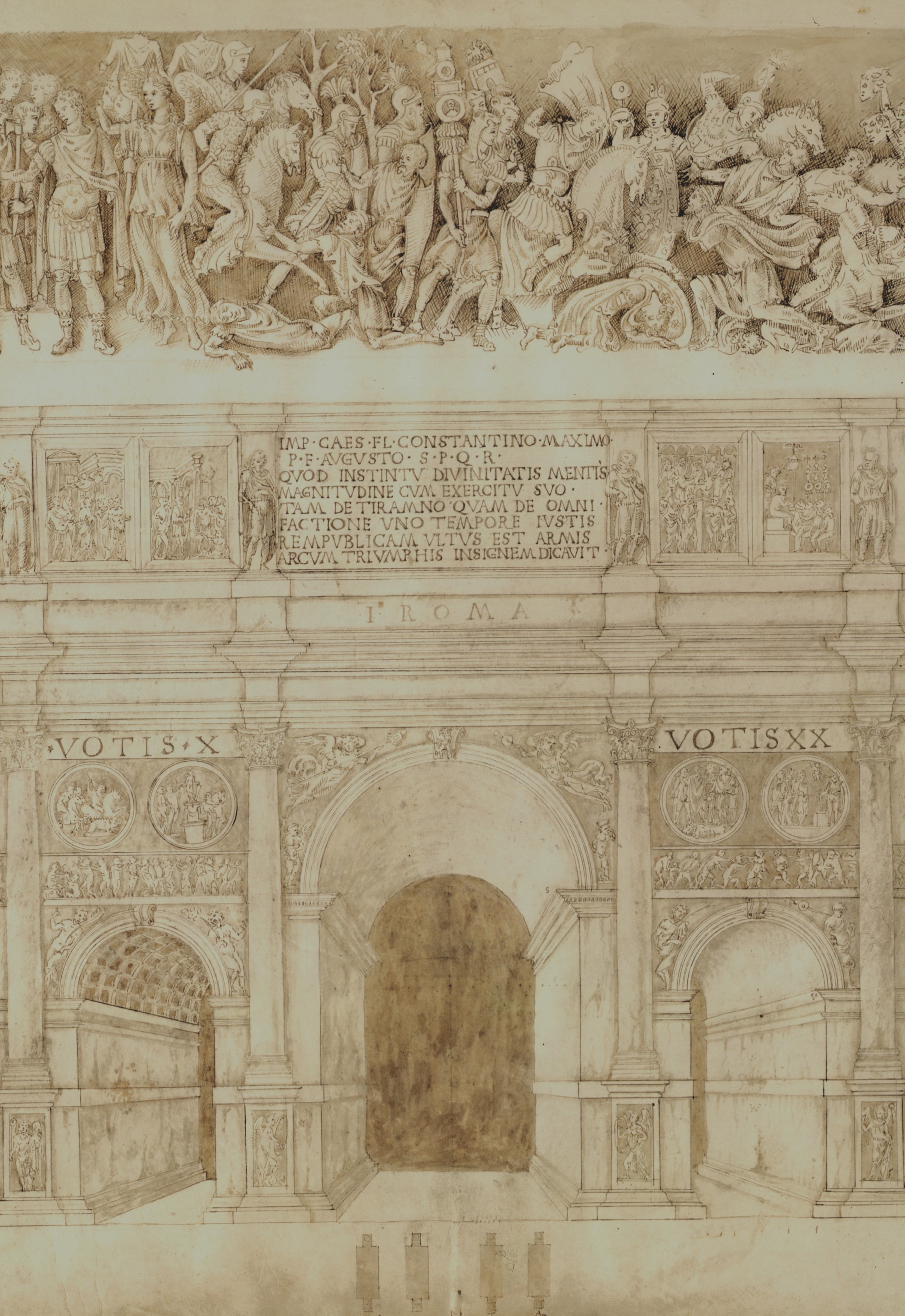The Constantinian Frieze on Constantine's Arch
The Weight of the Evidence
https://doi.org/10.34780/0f5m-0ze5
Abstract
This article reassesses recent efforts to redate the frieze on the Arch of Constantine to the end of the reign of Diocletian. It offers a series of arguments to demonstrate that these reliefs are, as has been long thought, Constantinian. These focus on iconography (the use of known Constantinian imagery), narrative (allusions to events in Constantine’s military and political career known from written sources), historiography (the interpretation of the source tradition, especially for the arch’s “River Battle” scene), and technical matters (the fact that the frieze reliefs were carved in situ and the likelihood that the arch’s sculptors fashioned inset portrait heads of the emperor). Numismatic material and early modern prints provide new iconographic parallels that reinforce a conclusion that the frieze cycle was produced in the Constantinian era.
Keywords:
Arch of Constantine, Frieze, Diocletian, Spolia, Relief





